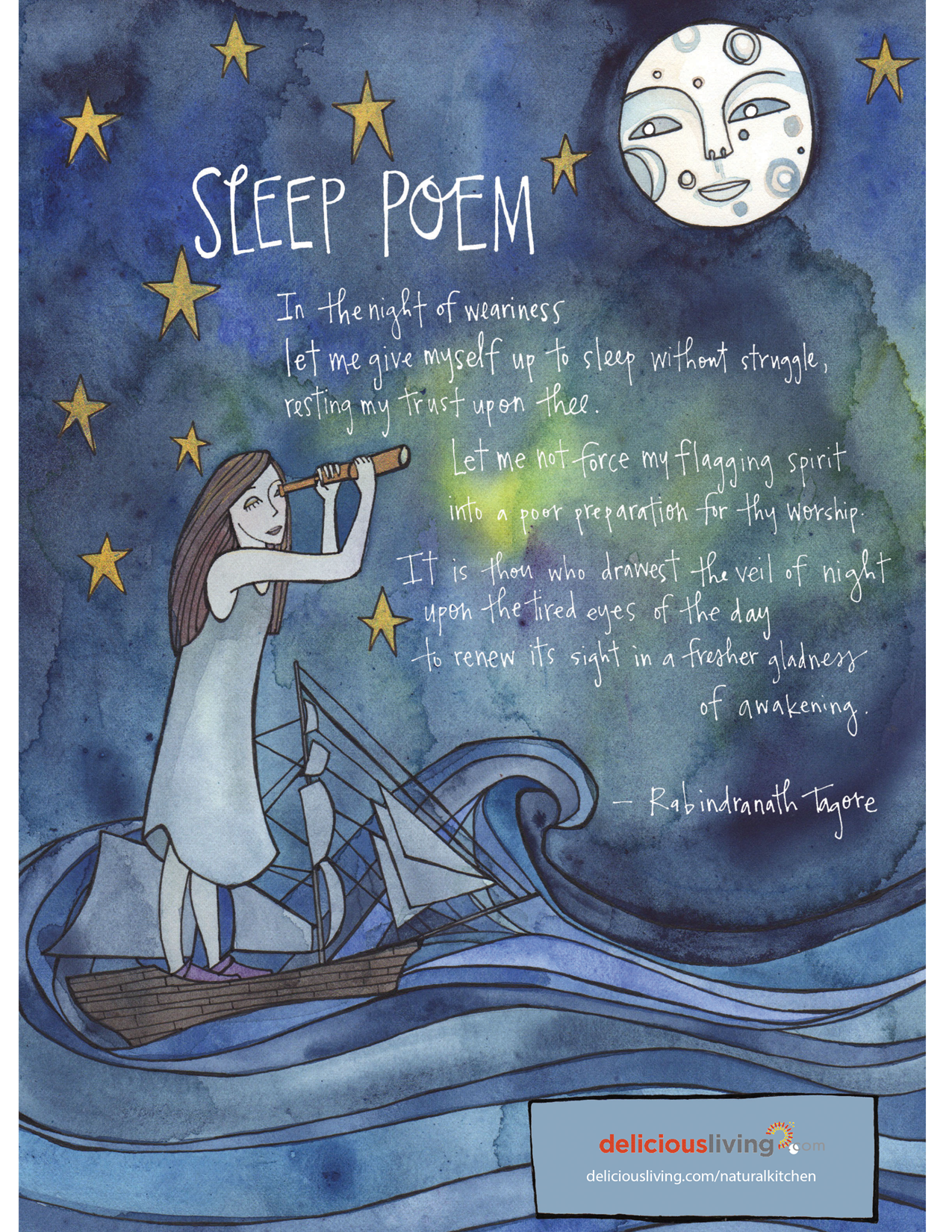
A Poetic Slumber: Exploring the Art of Short Sleeping Poems
In the realm of literature, slumber finds its voice in the form of short sleeping poems – concise yet evocative expressions of dreams, awakenings, and the liminal space between. These poems are like fleeting whispers, etching themselves into the tapestry of our consciousness, leaving behind an imprint that lingers long after the last syllable fades.
Styles for the Somnolent Muse
The ethereal nature of short sleeping poems lends itself to a wide range of writing styles. Here are but a few that capture the essence of this drowsy realm:
- Dreamlike Imagery: Evoke the surreal and disjointed nature of dreams, employing unexpected metaphors and juxtapositions.
- Fragmented Lines: Break down the poem’s structure into fragments, mirroring the jagged edges of the sleeping mind.
- Sensory Emotive Language: Engage the reader’s senses, using vivid descriptions and evocative language to create a visceral experience.
- Stream of Consciousness: Write uninterrupted, capturing the unfiltered flow of thoughts and impressions that accompany sleep.
A Tapestry of Somnolent Verse
Let us now delve into the heart of this literary slumber, exploring several poems that embody the essence of short sleeping poems:
Dreamscape
Through prisms of moonlight,
A kaleidoscope of visions unfold,
A symphony of dreams untold,
Where slumber’s embrace weaves stories bold.
Awakening
From depths of slumber, I emerge,
Unveiled from the night’s gentle scourge,
Glimmering eyes meet the morning’s gaze,
A tapestry of memories, a tangible haze.
Liminality
Between realms of sleep and wake,
Suspension in a drowsy lake,
Thoughts flicker like dancing sparks,
A canvas where dreams leave their marks.
Crafting Your Own Somnolent Verse
Tips for Writing Short Sleeping Poems:
- Seek Inspiration from Dreams: Draw inspiration from your own dreams or those of others, capturing the ethereal and disjointed nature of the sleeping mind.
- Use Creative Language: Experiment with metaphors, imagery, and sensory details to create a rich and evocative soundscape.
- Fragment Structure: Consider structuring your poem in fragments to mimic the fragmented thoughts and images that accompany sleep.
- Embrace the Stream of Consciousness: Write freely, allowing words to flow unfiltered, capturing the ebb and flow of your waking thoughts.
Tips for Reading Short Sleeping Poems:
- Surrender to the Imagery: Allow the poem’s words to paint a vivid picture in your mind, embracing the surreal and disjointed elements.
- Seek Deeper Meanings: Explore the hidden layers beneath the surface of the poem, searching for the emotions, experiences, and insights that the author seeks to convey.
- Mindful Reading: Approach the poem with a contemplative mindset, savoring each word and allowing the poem’s essence to permeate your consciousness.
Questions and Answers
What is the primary characteristic of short sleeping poems?
They are concise and evocative expressions that capture the experiences of dreams, awakenings, and the in-between realm of sleep.Can I write a short sleeping poem if I have not experienced vivid dreams?
Yes, you can draw inspiration from the dreams of others or explore the liminal state between sleep and wakefulness.
A Closing Gratitude
Thank you for embarking on this journey through the realm of short sleeping poems. Remember, plagiarism is a theft of others’ creativity. Always give credit to the original author and be willing to share your own work in the spirit of collaboration and inspiration. May these poems lull you into a state of poetic slumber, where dreams weave their ethereal tapestry.
